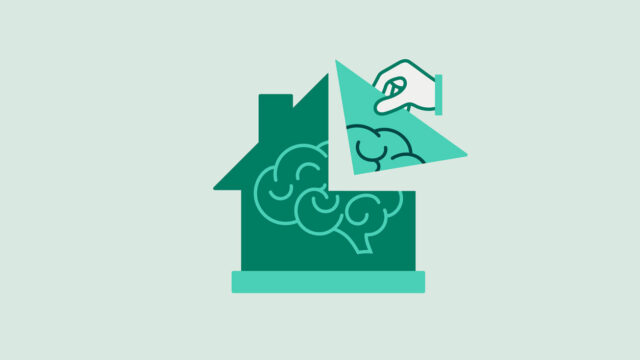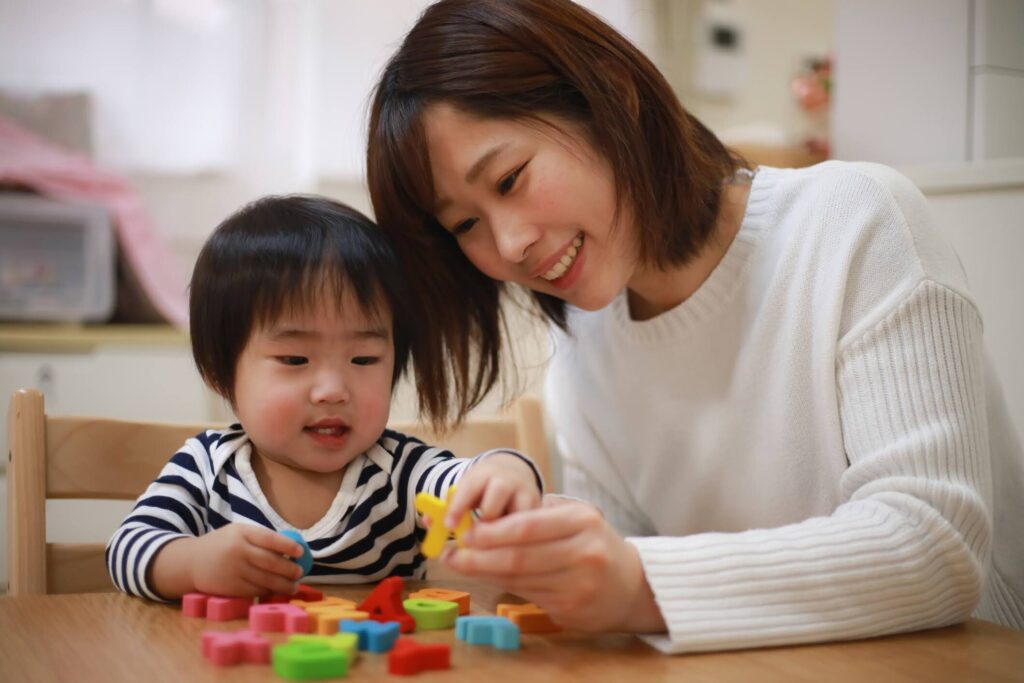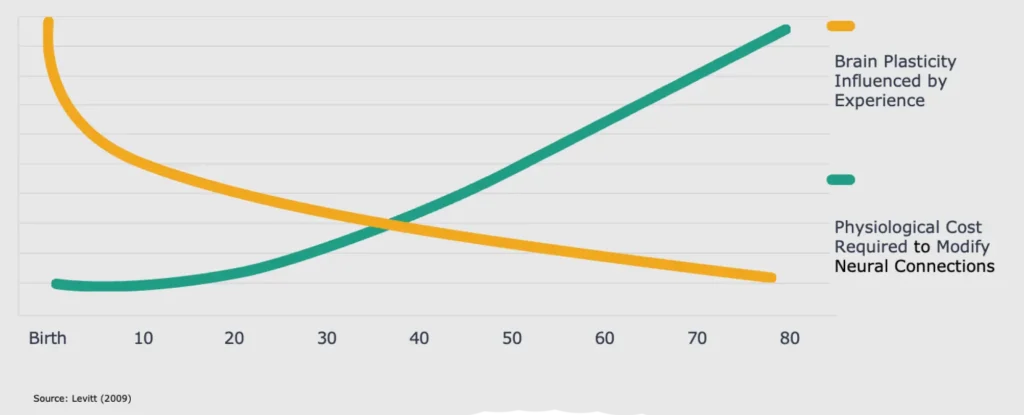Brain Architecture


Key Takeaways
- Brains are built over time, from the bottom up, through an ongoing process that begins before birth. Simple neural connections form first, followed by more complex circuits.
- The connections that form early provide either a strong or weak foundation for the connections that form later.
- Our early experiences shape our brain architecture, which provides the foundation for all future learning, behavior, and health.
Fast Facts

Brains are built over time, from the bottom up. The brain’s basic architecture is constructed through an ongoing process that begins before birth and continues into adulthood. Simple neural connections and skills develop first, followed by more complex circuits and skills. After a period of especially rapid growth in the first few years, the brain refines itself through a process called pruning, making its circuits more efficient.
Brain architecture is made up of billions of connections between individual neurons across different areas of the brain, enabling lightning-fast communication among neurons that specialize in various functions. While the process of building new connections and pruning unused ones continues throughout life, the connections that form early provide either a strong or weak foundation for the connections that form later.
To learn more about Brain Architecture, check out the related Working Paper, InBrief, Videos, and more!
The developing brain is shaped by the interaction between genes, experiences, and the timing of these interactions during development. While genes provide the blueprint for the formation of brain circuits, repeated use strengthens the circuits that are used most often, based on a child’s experiences.
One key influence of a child’s social environment is responsive serve and return interactions between children and their caregivers. Reciprocal serve and return interactions are essential—without them, the brain’s architecture does not develop as expected, leading to long-term impacts on learning, behavior, and health. Many other influences and experiences from a child’s developmental environment also interact with their genes to shape brain architecture, including everything from the purity of their water supply to access to high-quality early care and education programs.

While new connections in the brain can form throughout life, the first years are critical for establishing a healthy foundation, with implications for interconnected cognitive, emotional, and social abilities that have early beginnings. By minimizing negative influences in a child’s developmental environment, including toxic stress, and bolstering positive influences, like responsive relationships, we can support healthy brain development and the foundations of lifelong health and well-being.